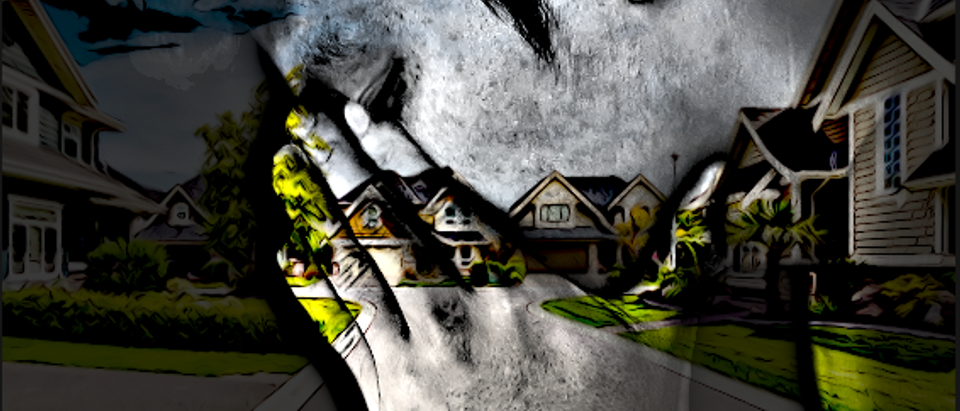Editor’s note: This piece is part of American Renewal, a new policy and opinion project by the Daily Caller News Foundation. Read a mission statement here, and see the landing page and all the articles here.
The incoherence of the debate in the public arena becomes especially stark whenever a mass murder ignites the news wires — which is dismayingly often these days. But the understandable wish to make sense of these horrifying acts, and how our society seems to provoke them, leads to walls of mystification, psychobabble, and the dogmas du jour of the activist class. Some maniac guns down twenty people in a shopping mall, the news media lights up for a week of inconclusive hand-wringing, and then the discussion subsides back into uncomfortable, confounded silence, until the next maniac comes onstage to gun down as many total strangers as possible in his desperate bid for catharsis, and we go through the motions again, along with the pitiful ceremony of setting up the candles and teddy-bears at the crime scene.
By the way, I say “his” because overwhelmingly these spectacle shooters are men, often but not always young men under twenty-five (one recent exception being Tashfeen Malik who, with her husband Rizwan Farook, shot up a San Bernardino, CA, social services agency in 2015). Something is going desperately wrong with the development of young men in this land. Many of the forces at work are pretty obvious. But what is uniformly overlooked about the current scene is the physical arrangement of daily life on the American landscape, how it affects us in unreckoned ways, and what a tragic fiasco it has become.
I refer to the everyday human habitat known as suburbia, the matrix of single-family home subdivisions, arterial highways and freeways, chain stores, junk food dispensaries, and the ubiquitous wilderness of free parking — the last of these implying just one insidious side-effect of this template for living: mandatory motoring. Though a variety of economic interests were served richly by the colossal project of building suburbia, and took full advantage of its perversities, no claque of evil geniuses cooked up the idea in a lab. It was an emergent phenomenon, the coming together of many historical forces, innovations, and opportunities. The emergence of suburbia comports with my New Theory of History, which states that things happen because they seem like a good idea at the time. The trouble is, circumstances change and what at one time seemed like a good idea turns into a debacle of unintended consequences in another time — which is where we are now.

Photo provided by the author
While many Americans deplore suburbia in a general way — including many who live in it — its actual dynamics are poorly articulated in the public arena. Interestingly, one of suburbia’s biggest defects is the impoverishment of public space, and with it the degradation of the very public arena where ideas are exchanged and vetted for value. Most public space in America is devoted simply to the movement and storage of cars. The highway is a hostile environment for humans and few people seek camaraderie or stimulation in the parking lots. The ambiguous leftover scraps of land, like the woodsy berm between the Walmart and the Best Buy, have no civic value. (That’s where kids go to drink malt-liquor.) Everything else is private space, including the shopping mall, by the way, where you can be arrested for making a speech, or just wearing a T-shirt with a provocative message. Public space per se has been relegated insidiously to TV and the Internet, and neither of these are an adequate replacement for real-live social relations with other human beings in a real place worth caring about.
I know from experience that the public’s attempt to understand all this can be laughably dim. If you show a slide of some schlocky boulevard of strip-malls to an audience in a town hall — as I have done many times — and ask them what’s wrong with this picture, you’ll probably get this answer: “It all looks exactly the same!” That is quite true, of course. The strip malls outside Syracuse, NY, look just like the strip malls outside Baton Rouge, LA, or Seattle, WA, except for the shrubs that decorate the parking lot. But sameness alone is not exactly the problem.
A lot of good places around the world look the same. The casual traveler might say that the hill towns of Tuscany all look the same— just so much stucco and red tile — and they do. But nobody complains about it. They pay a lot to visit those little towns. The grand boulevards and avenues of Paris might look the same, too, but nobody comes home from vacation there griping about it. The reason is that these places are composed and assembled as uniformities of excellence. The things in them (buildings and streets) and relationships between them are high quality, designed with conscious and deliberate artistry. The suburban environments of America are endless replications of low quality buildings, devoid of artistry, in poorly arranged relationships with each other on the landscape. Note, the strip mall highways in the ritzy suburbs are not any better than the ones in the crummy suburbs. You get the same one-story tilt-up buildings, the same wastelands of parking and the same six-laner that connects it all. (RELATED: Congress Debates Whether More Tax Dollars Will Go Towards Add-Ons For Luxury Electric Cars)
The other comment you’ll hear from that hypothetical town hall crowd is: “It’s all so ugly!” Which is more to the point, but still insufficient. What you’re seeing out there in all those clownish burger sheds, unvarying Big Box Stores, office “parks,” and boring tract houses is not mere ugliness. It represents something much more profoundly malign. This immersive ugliness is entropy-made-visible. Entropy is the force in the physical universe that drives things toward stasis and death. Entropy is what you want to steer clear of as much as possible. Living in an entropy-saturated environment is not good for you. Your brain processes the message that it sends out — this way toward death! — if perhaps only subliminally… and the mind revolts.
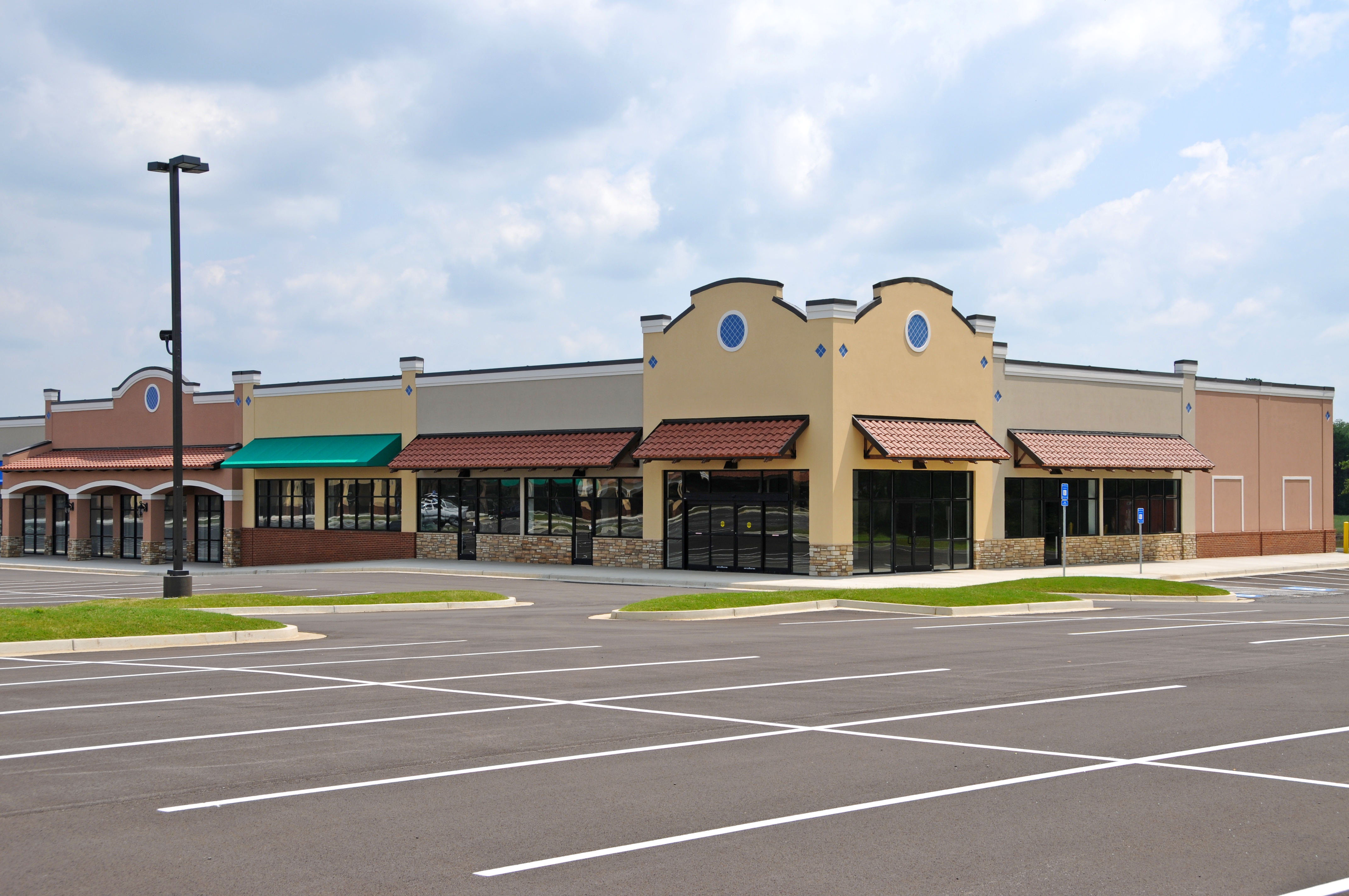
via Shutterstock
It is a powerful message. It must make Americans deeply depressed and anxious. Being immersed in suburbia, we barely register the pain it inflicts on us. It’s monotonous without being tranquil. The illegible cacophony of signage distresses your neurology. There is no reward in being there. The entire ensemble functions as a kind of uninvited punishment. It is literally disorienting in the sense that it might be anyplace. A place you call home has to be specific, not a generality, and there have to be reasons why you might care about it.
Traversing these ghastly landscapes in a car is bad enough. Even with the frills of recorded music, books-on-tape, and sugary, iced beverages, the journey will be doleful. Who even ventures out for a pleasure drive among the strip malls? The normal impulse is to buy whatever you came there for and get out as quickly as possible. But have you ever been tempted to walk down such a highway? To go for an evening stroll among the muffler shops, the Fry-o-later exhaust units, and the roaring traffic? Most highway strips don’t even have sidewalks. There’s no expectation that any normal person would choose to walk in these environments — though the desperately poor and the brain damaged sometimes do. This is how we live.
There are well-established methods for the design and assembly of human habitats that are worth living in, but you get very little of that in the USA. Even our “best” cities have become demolition derbies. What is especially absent, as I have averred to earlier, is artistry consciously applied to our surroundings. You can lay some of the blame for that on the dogmas of modernism, since the schools of architecture are marinated in it, especially the hatred of ornament, which means we’re forbidden a visual language to communicate our connection to nature (that is, everything in the universe). In fact, modernism has amounted to a campaign to explicitly denature the human project. That impulse probably derives from the raw human carnage unleashed in two 20th century world wars, which so shamed and horrified the survivors that they wanted to run shrieking from history itself. The neurotic reaction is the wish to scrub any signs of dangerous human expression from the buildings we live among. Along with that, we have erased anything that might amount to charm, the quality of being grateful to be alive in the first place. A life without charm is a zombie existence spent in places not worth caring about. (RELATED: This Small Town Is Going Broke, To Fix It Jeff Bezos And Bill Gates Might Have To Pay More Taxes On Their Mansions)
Another big chunk of blame can be assigned to officialdom and its zoning and building codes, which in most jurisdictions tends to absolutely mandate a suburban outcome (e.g. if you want to build a store, the law says you’d better supply twenty parking spaces). From this, an ethos emerges of the human habitat as an administrative abstraction. You end up living in a mere diagram of a place, not a place. Mostly though, what you’re seeing is an absence of thought and care. The codes are there to do your thinking for you. The hypothetical town hall I mentioned above may be just such a one-story cinder-block building out in the suburban gloaming, with eight-foot ceilings studded with sprinklers, dismal fluorescent lighting, and crummy plastic furniture. The room is a mere “facility.” It lacks any true typological identity. The town officials can’t imagine it matters if public meetings are held in a room that speaks expressively to citizens of their history in wood, stone and bronze.
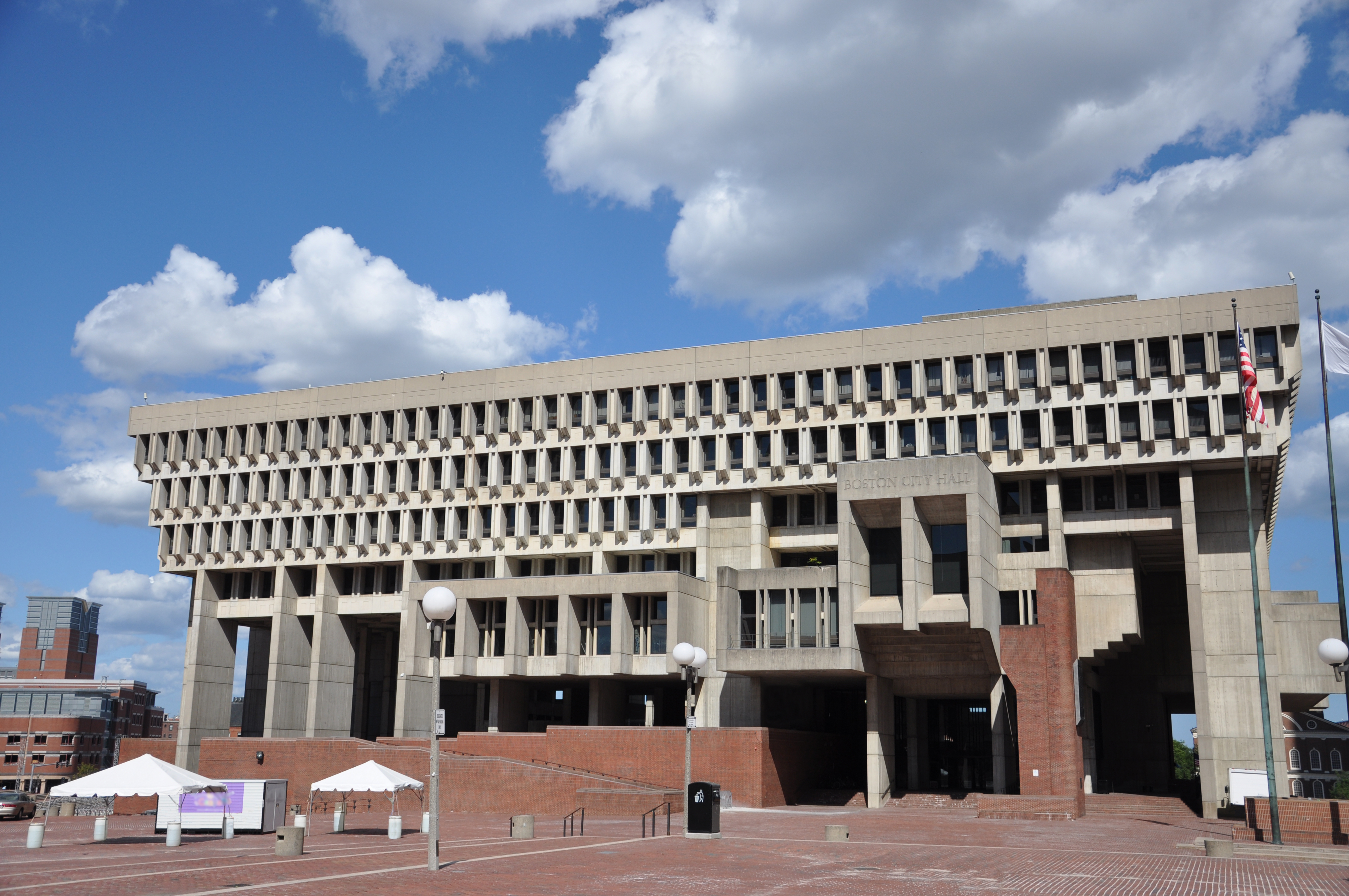
Boston City Hall / Shutterstock
But it does matter. Because every crummy town hall in America on a boulevard of chain stores damages the public realm and what it represents: the common good. The public realm is the physical manifestation of the common good. When you dishonor the public realm, you will dishonor the common good, and that is exactly how it has gone with us for the past several generations. And that damage has now manifested in grotesque crimes against the public in the public realm.
It’s not incidental that some of our worst buildings are the giant centralized schools, designed as if they were aircraft assembly plants or insecticide factories. They are ill-conceived in too many ways to count. Their size alone creates an alienating zone of estrangement in which students are ciphers rather than persons. This manner of supposed education sets off some of the worst tribal instincts in the kids, who desperately need to identify with something. And there is always a leftover cohort of kids who either can’t identify with others in such a bewildering setting, or are rejected by the tribes and cliques that self-organize as a defense against estrangement. These schools are run like prisons, with the students rotating from room-to-room at the harsh signal of a bell or buzzer every fifty minutes, often literally locked inside. More and more, the curriculum consists of crude political indoctrination that even fifteen-year-olds can tell is phony and insulting. Is there more than a tiny chance that some of the kids subjected to this alienating environment, and these pressures, might grow homicidally enraged at those around them? (RELATED: Oakland Public Schools Are Already Broke Again After 2003 Bailout)
Then consider the milieu outside of school: a tract house in some dreary matrix of identical houses physically separated from the civic and commercial infrastructure of the “town” (if you can even call it that) by the zoning laws. If the two-parent household is intact (statistically unlikely), both parents are liable to be at work when that alienated kid is delivered home by the yellow school bus. He’s too young to have driver’s license, and anyway none of the family cars are available, so he’s stuck there. At home, the kid has access to movies and TV shows that valorize acts of extreme violence, or he can play video games in which he gets to play the “shooter,” which can amount to tactical training for mass murder. When that gets boring, he can divert himself with free online porn and self-pleasuring, which afterward only tends to re-emphasize his aloneness, lack of connection, and desperate longing for affection and meaning. He knows he did not create this socially impoverished environment and all its punishments. Perhaps the kid has been able to score drugs at school, another layer of reality distortion. After a dinner by himself of microwaved burritos — mom and dad have long commutes — he listens to some “death metal” music or some rap about being a violent gangster. He falls asleep immersed in grievances and fantasies about avenging them.
Aren’t you a little surprised that we don’t have more school shootings?
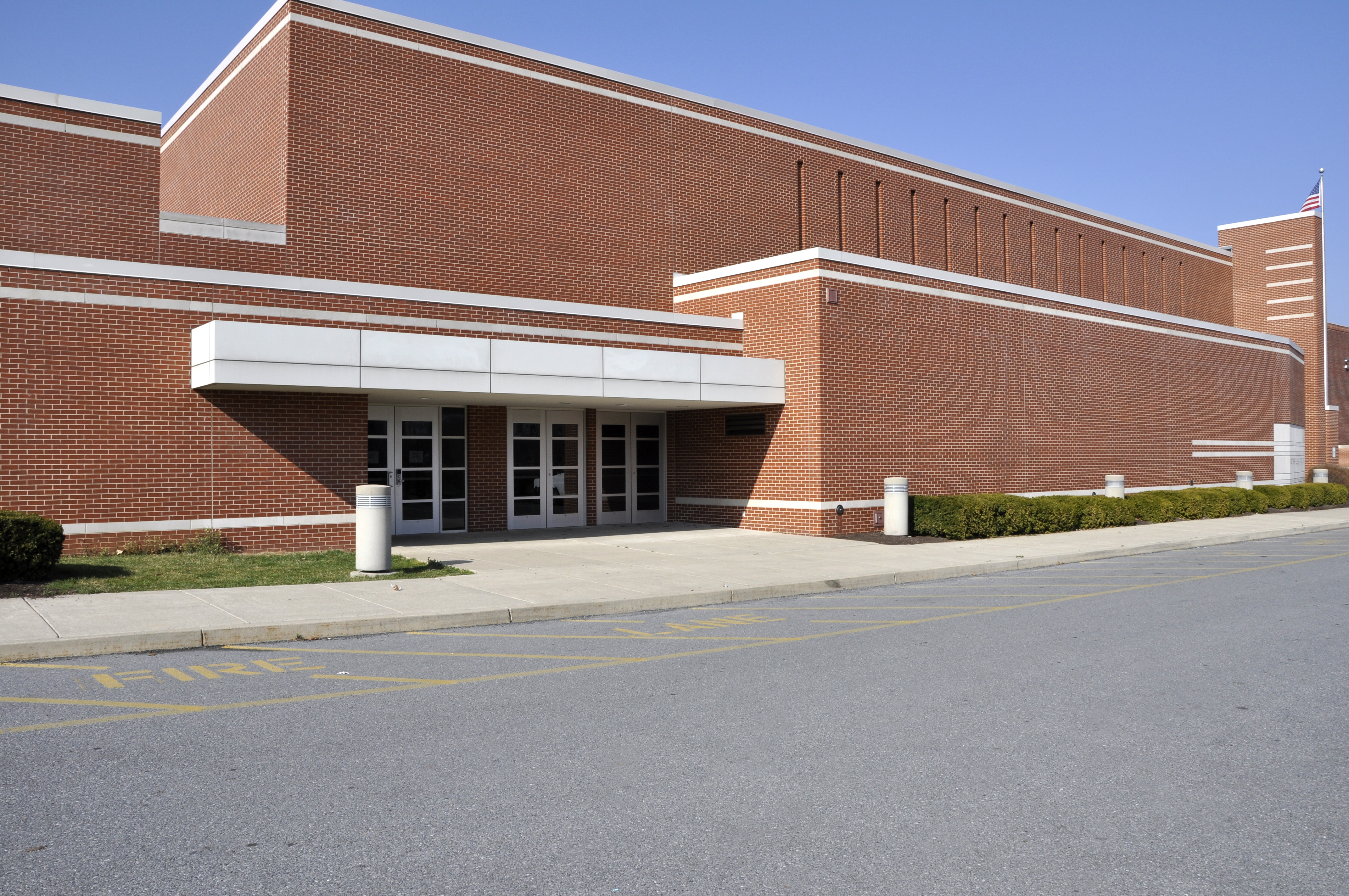
Southern Lehigh High School in Center Valley, Pennsylvania / Shutterstock
None of this is really reformable, as if we are going to fix it. Like the larger context of suburbia, the giant consolidated schools seemed like a good idea at the time. The idea was to save administrative costs throughout a given district or region and the unanticipated consequence was to make education a loathsome and pointless experience for the students. The public schools are well on their way to just collapsing under the weight of their outlandish costs, especially their pension obligations, and the onerous school bus fleets.
Similarly, the colleges that have absorbed the flow of public school graduates — many of them ill-prepared for higher ed — using the loan racket to support their operations, are verging on criticality en route to collapse. Two colleges in my region shut down this year: Green Mountain College in Poultney, VT, and Southern Vermont College in Bennington. A third, Hampshire College over in western Massachusetts, is “looking for a new partner,” i.e. whirling around the drain. Many more will be following them. (RELATED: Did Hampshire College Cancel Concert Because Band Was Too White?)
The psychology of previous investment plays a big part in all this. Having spent so much of our national wealth building all this stuff, we can’t imagine letting go of it. And we built it during the decades of our greatest wealth accumulation. Now that we are paying today’s bills by borrowing from the future (i.e. accumulating massive debt), we can’t really continue to maintain all this infrastructure. But we’ll continue to pretend we can until we reach the moment of systemic criticality, where reality can no longer be denied. It’s liable to be messy. Like moments of criticality in natural systems — earthquakes, avalanches — financial shock tends to be quick, disorderly, and destructive.
The resolution of all this will be emergent, too, like its origin. That is, it will work itself out nonlinearly and chaotically. As for schooling itself across the whole spectrum from primary to higher ed, a lot of it will simply collapse and disappear, at least for a period of time, maybe a long time. It is most likely to reorganize on the fine grain of home schooling or home schools that aggregate into group teaching. But education will be nothing like the gargantuan enterprise it has been in our time. Some institutions of higher ed may survive, if they can downscale stringently. But anything organized at the giant scale is likely to find it very difficult to go on.
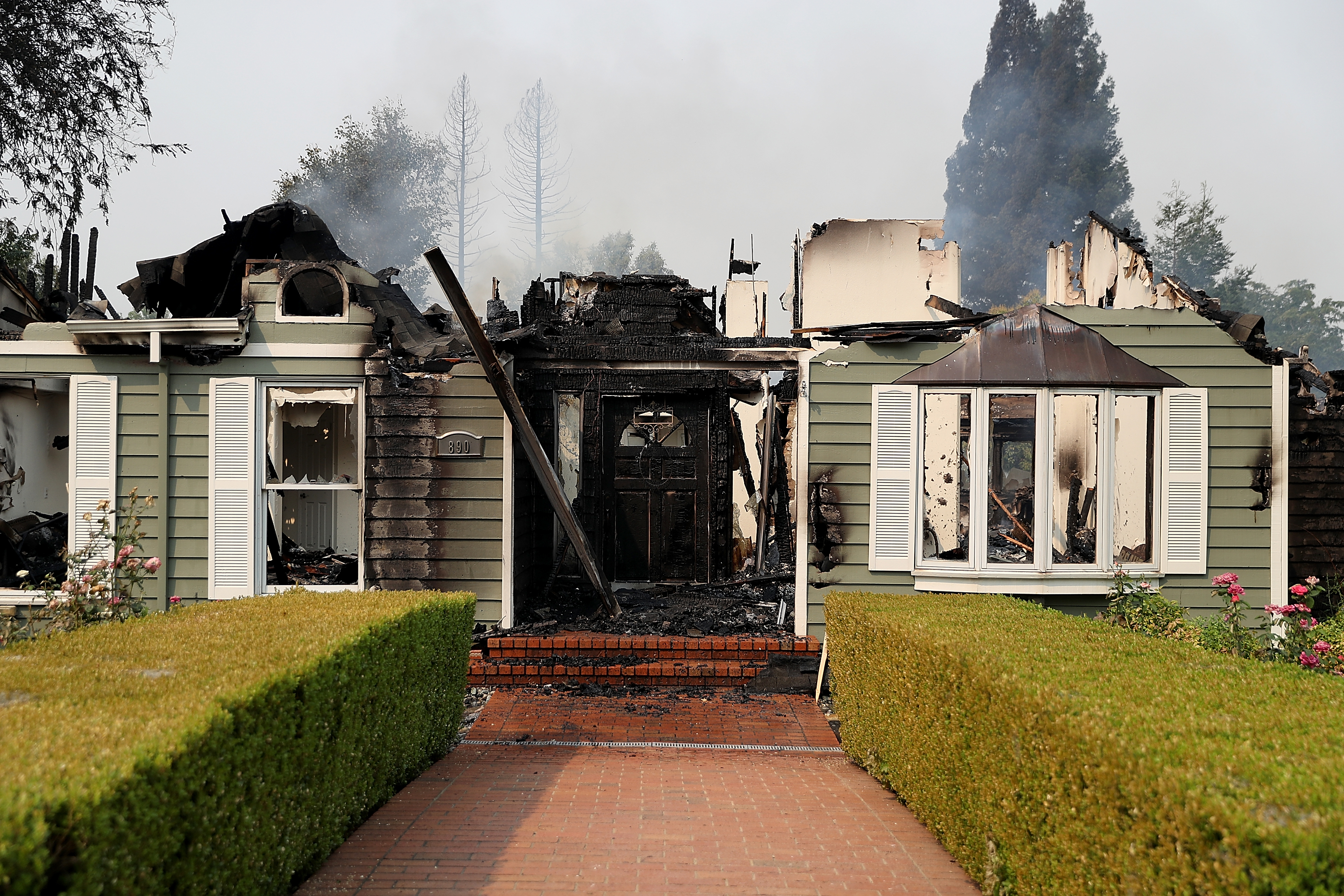
REDDING, CA – JULY 27: A view of a home that was destroyed by the Carr Fire on July 27, 2018 in Redding, California. A Redding firefighter and bulldozer operator were killed battling the fast moving Carr Fire that has burned over 44,000 acres and destroyed dozens of homes. The fire is 3 percent contained. (Photo by Justin Sullivan/Getty Images)
We’re entering a new age of greatly reduced expectations and activities brought about by resource and capital scarcity. The colossal matrix of suburbia itself has three plausible destinies, none of them mutually exclusive: slums, salvage, and ruins. The furnishings and accessories of suburbia are already in trouble. The mortgage train-wreck of 2008 signaled the beginning of the end of single-family home suburbia. (The young generation, locked into the college loan repayment treadmill, may never be able to buy a house.) The collapse of “brick-and-mortar” retail is the next shoe to drop. Ultimately, Internet retail will follow, since it is based on the absurd proposition that every item bought in this land must make a long journey by truck to its destination. It seemed like a good idea at the time. Eventually, new systems of downscaled regional and local commerce will self-reorganize emergently. The next mall will be your old Main Street.
All of this will redound to the issue of how children develop into adults, and especially young men. Every impediment has been placed in the way of their healthy development, and at an increasing pace in this century. The disorders of economy have subjected them to the grossest devaluation in political ideology. Manhood itself, as a general proposition, has been reframed as a shady enterprise. It has been a disgusting exercise in bad faith, but like other, older social hysterias, it will pass and we will look back in wonder and nausea that so many went along with it.
James Howard Kunstler is the author of The Geography of Nowhere, The Long Emergency, and several other books. He has been published by The New York Times, The Atlantic, and many others. He blogs at Clusterfuck Nation.
The views and opinions expressed in this commentary are those of the author and do not reflect the official position of The Daily Caller.
All content created by the Daily Caller News Foundation, an independent and nonpartisan newswire service, is available without charge to any legitimate news publisher that can provide a large audience. All republished articles must include our logo, our reporter’s byline and their DCNF affiliation. For any questions about our guidelines or partnering with us, please contact licensing@dailycallernewsfoundation.org.


